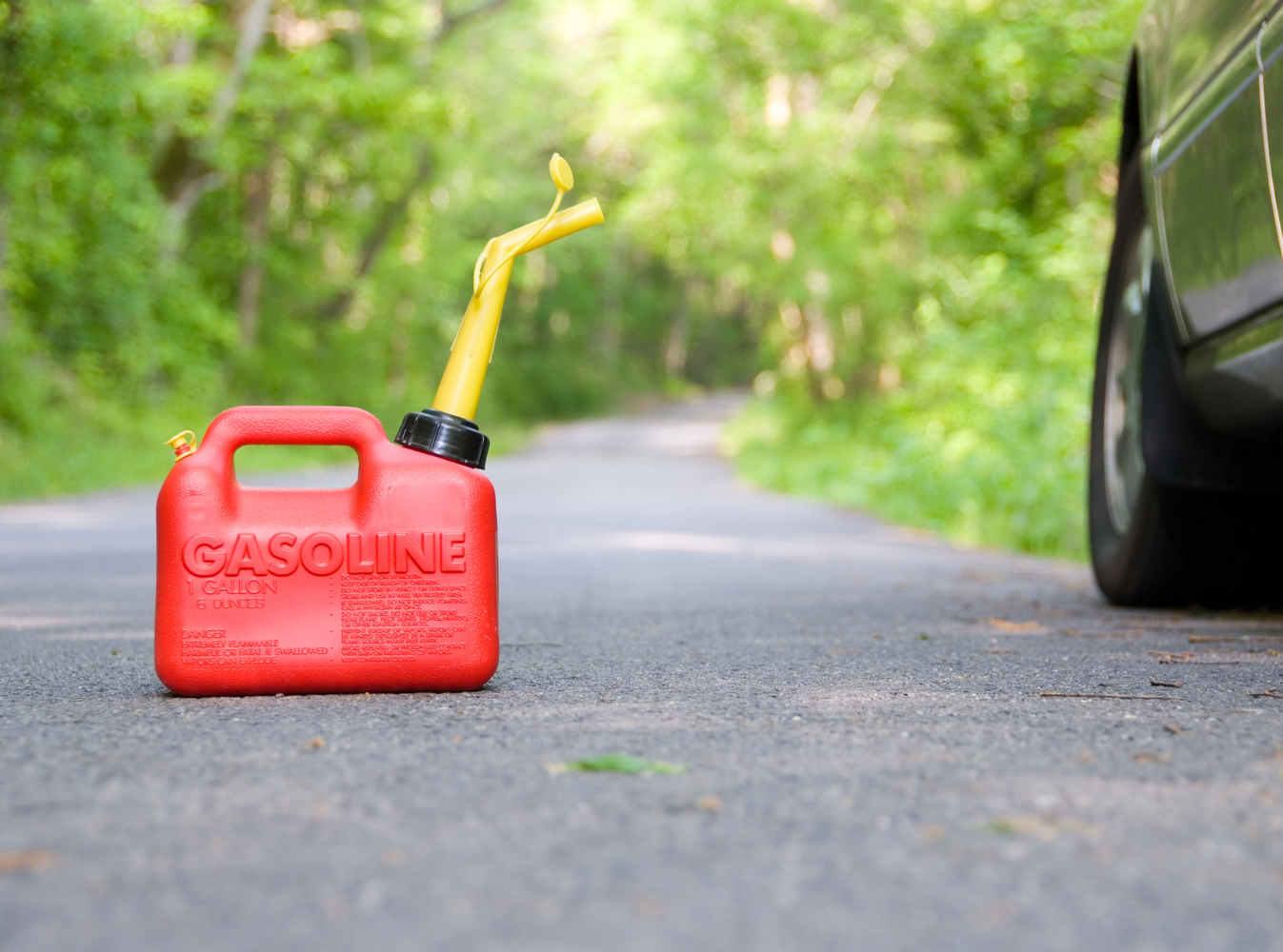In light of a recent gas can explosion in Charlotte where a toddler was severely burned, we thought it would be timely to revisit safety standards for one of the most common household hazards: your gas can.
WCNC-TV News — A 1-year-old is in critical condition after being badly burned; Charlotte-Mecklenburg Police say a gas can being used to fuel a fire pit exploded. The explosion happened Tuesday afternoon on White Aspen Place in north Charlotte. The child’s grandmother also suffered burns.
The latest OSHA Standard for gas cans states, “only approved containers and portable tanks shall be used for storage and handling of flammable and combustible liquids. Approved safety cans or Department of Transportation approved containers shall be used for the handling and use of flammable liquids in quantities of 5 gallons or less.”
When the government uses the word “shall“, they mean that their rule is mandatory.
What Is a Safety-Approved Department of Transportation Gas Can?
Traits of an approved gas can,
- Closed container.
- Holds 5 gallons or less.
- Includes a flash arrestor screen.
- Uses a spring closing lid.
- Has a spout cover.
- Designed to ventilate interior canister pressure.
Some gas cans say they meet spill-proof requirements or AQMD (Air Quality Management District) rules. None of these government agencies are the same as DOT — they are not interchangeable.
The DOT estimates that there are over 200 million faulty gas cans in circulation that do not meet their standards.
The Charlotte Mecklenburg Fire Department recommends that you use gasoline for its sole intended purpose — internal combustion engines. Do not start fires with gas, use it as a solvent or as a cleaner.
Tips for Safe Gas Can Use
Transporting and Filling Gas Cans:
- Only use an approved container; with a DOT or UL label
- Never use a glass container (they break)
- Make sure you container seals properly; don’t use rags
- Place your container on the ground with the nozzle in contact with the container to prevent static electricity buildup
- Allow room for vapor expansion – don’t fill your gas can more than 95% full
Dangerous vehicle fires have occurred as a result of filling metal gasoline cans that were placed on plastic bed liners of pickup trucks. Bed liners prevent the metal cans from grounding when the static charge generated by the flowing gasoline builds up in the nozzle, which may cause a spark, igniting an explosion.
Storing Gas Cans
- Do not buy more than you need
- Do not store in your home
If you do store your gas can in your home, make sure it’s in an approved gas container in a well-ventilated area, away from potential ignition sources (hot water heaters, furnace).
Refueling Your Equipment Directly
- Turn off motor and give motor rime to cool down before refueling
- Do not refuel near an open flame or near a sparking situation
- Keep a fire extinguisher nearby
- Try not to spill or overfill to the gas tank
- Allow for vapor expansion
Speak to Experienced Injury Attorneys in Charlotte, Raleigh, Fayetteville
The experienced Personal Injury attorneys at Maginnis Howard provide a no-cost initial consultation, support, and assistance in finding resources to help you and your family deal with serious injuries caused by the negligence of others. We can also help you pursue legal action for cases involving gas cans as a household hazard.
You may send a confidential message through our contact page, or chat with a Live Agent. Our intake staff will ask for details regarding your potential case.






